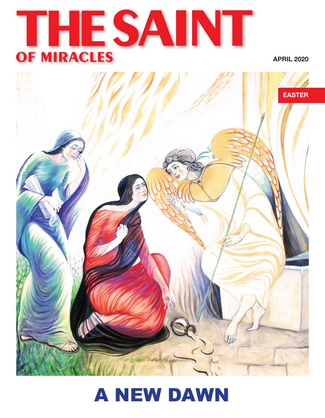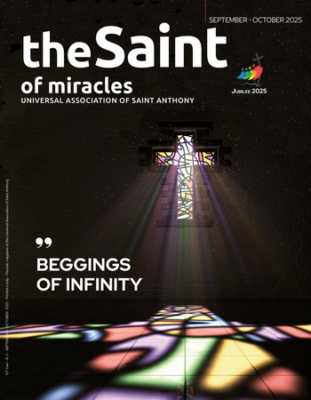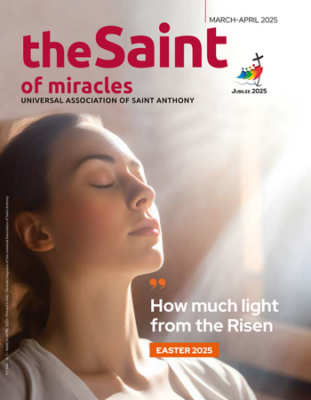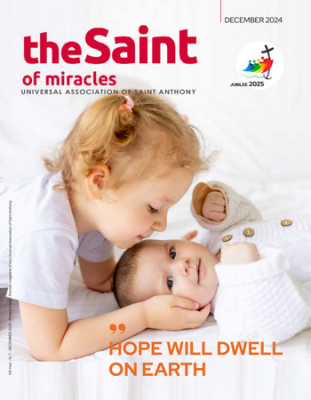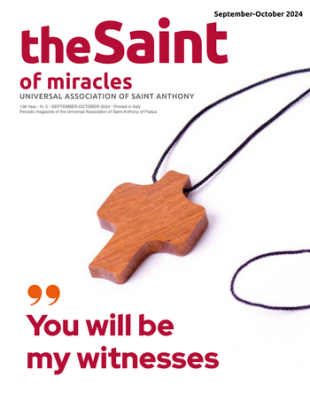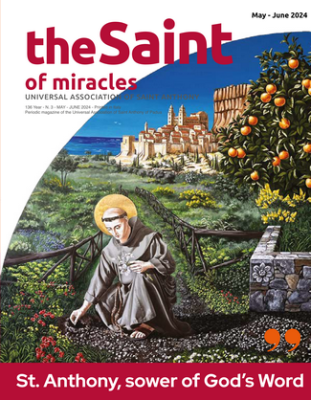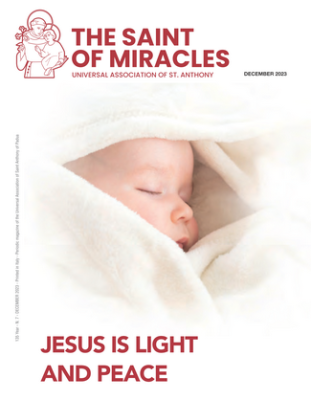Year 132 - April 2020Find out more
The itchy dress
Elide Siviero

Today, looking at some clothes that I can no longer wear because they don’t suit those who walk with a support, two little clothes from when I was a child came back to mind. They have very vivid memories attached to them. The first was a winter cloth— sacked, made of heavy wool, yellow, with green, blue and pink squares and a lovely white collar.
The second one was a summer cloth, in piqué cotton, cut at the waist with a wheeled skirt and a final flounce. It was white with coloured ponies. It was my favorite. I really liked the winter one, but it was a real torture: it was as beautiful as it was uncomfortable, it pinched everywhere. I wore it to go to my grandmother who lived in Milan and the trip turned into a little torment. But I knew that grandma loved that little dress and that she would be happy to see me wearing it. In short, the winter dress responds to the saying: “Who wants to look nicer must suffer”.
The dress with the ponies is instead linked to my first memory of the change in my body: I noticed with that dress that I could no longer wear because I had grown up. I remember that I couldn’t believe it: I couldn’t fit into my favourite dress anymore and I cried for a long time. I must have been four or five years old and for the first time I became aware that things change, that we grow up and it was a real surprise. These two childhood dresses lead me to two considerations. The first one still tells me now that even to be “nicer” spiritually you have to go through suffering.
There is no true spiritual journey without union with the cross of the Lord. Léon Bloy used to say: “When a great personality appears, ask yourselves first of all where his or her pain is”. Each one of us has painful areas: if we live them united to Christ, we are “nicer”, even if we wear a stinging dress. The second one speaks of a more complex aspect of our existence: life is a continuous change. Only if you change is living. Life is growth and asks us to know how to abandon old clothes to wear new ones.
It teaches us that the risk of habit, which etymologically derives precisely from habitus, dress, is to close ourselves in a situation that does not admit change. Of course, we suffer in seeing ourselves grow old, in discovering new wrinkles, in realizing that our body is no longer what it used to be, but also this transformation, which forces us to leave our favorite clothes, actually launches a new challenge: the ability to wear new clothes and discover new things of our soul. Jesus Christ speaks precisely of this when he says: “No one tears a piece from a new cloak to patch an old one.
Otherwise, he will tear the new and the piece from it will not match the old cloak. Likewise, no one pours new wine into old wineskins” (Lk 5:36-37). The parable of the patch and the wine serves to make the interlocutors understand that with the arrival of Christ we have reached a radical turning point. It is not just a matter of making some adjustments and putting a rag here and there; it is a matter of wearing a completely new garment because the only priority is to welcome the Lord, to live as new men. We are preparing to celebrate Easter by learning to say goodby to our old clothes in order to enter into the newness of Christ.


 Italiano
Italiano Français
Français